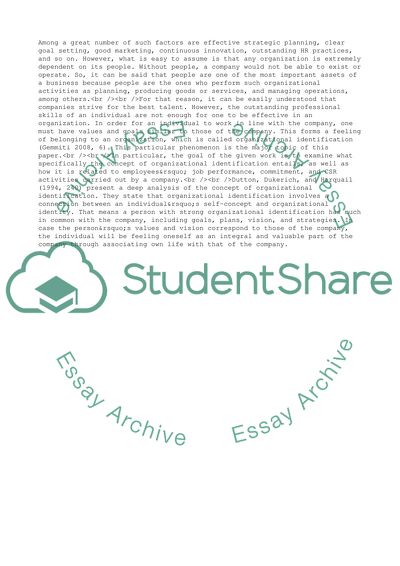Cite this document
(Implications of Organisational Identification Coursework Example | Topics and Well Written Essays - 2000 words - 1, n.d.)
Implications of Organisational Identification Coursework Example | Topics and Well Written Essays - 2000 words - 1. https://studentshare.org/management/1755038-organsiation-behavior
Implications of Organisational Identification Coursework Example | Topics and Well Written Essays - 2000 words - 1. https://studentshare.org/management/1755038-organsiation-behavior
(Implications of Organisational Identification Coursework Example | Topics and Well Written Essays - 2000 Words - 1)
Implications of Organisational Identification Coursework Example | Topics and Well Written Essays - 2000 Words - 1. https://studentshare.org/management/1755038-organsiation-behavior.
Implications of Organisational Identification Coursework Example | Topics and Well Written Essays - 2000 Words - 1. https://studentshare.org/management/1755038-organsiation-behavior.
“Implications of Organisational Identification Coursework Example | Topics and Well Written Essays - 2000 Words - 1”. https://studentshare.org/management/1755038-organsiation-behavior.


